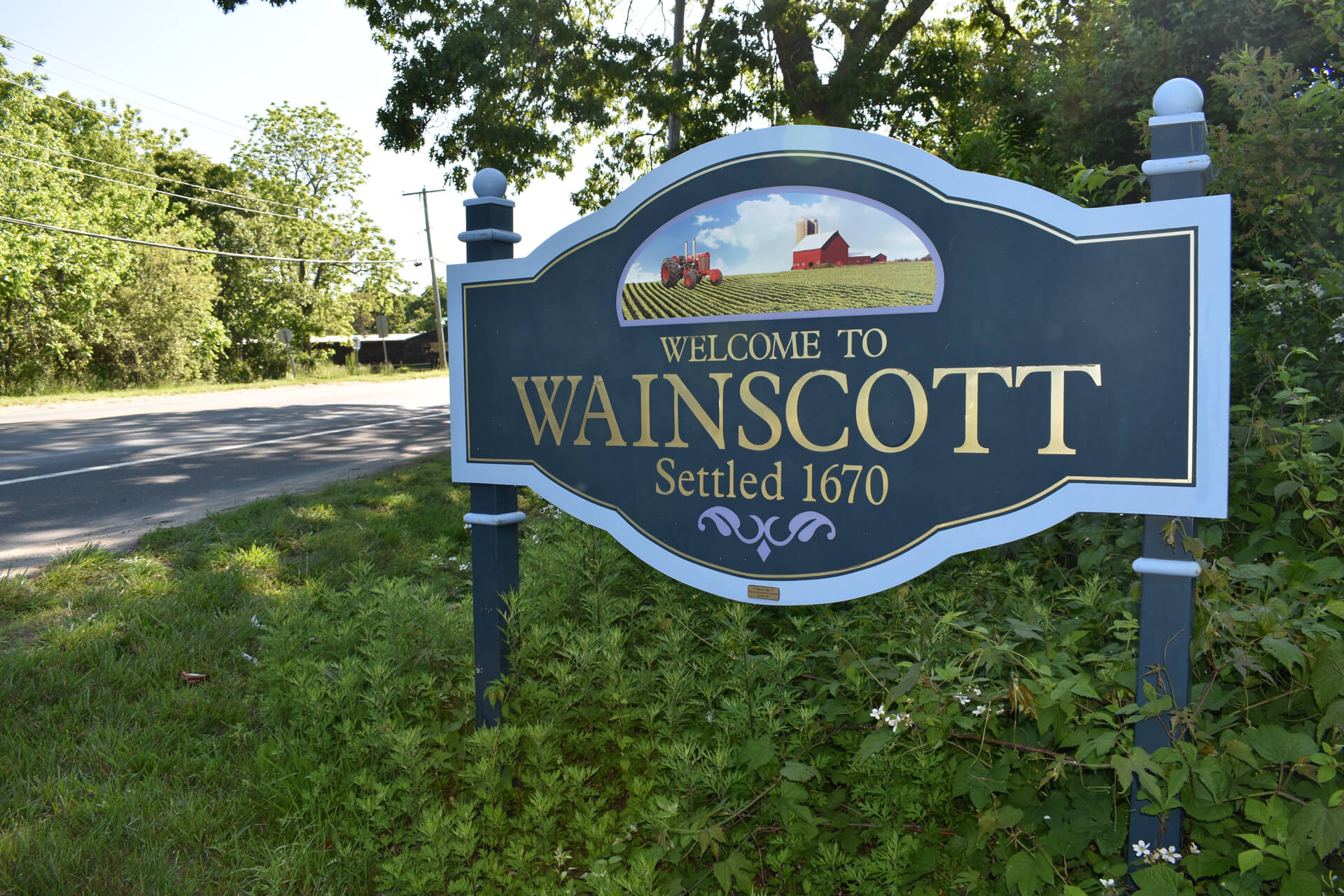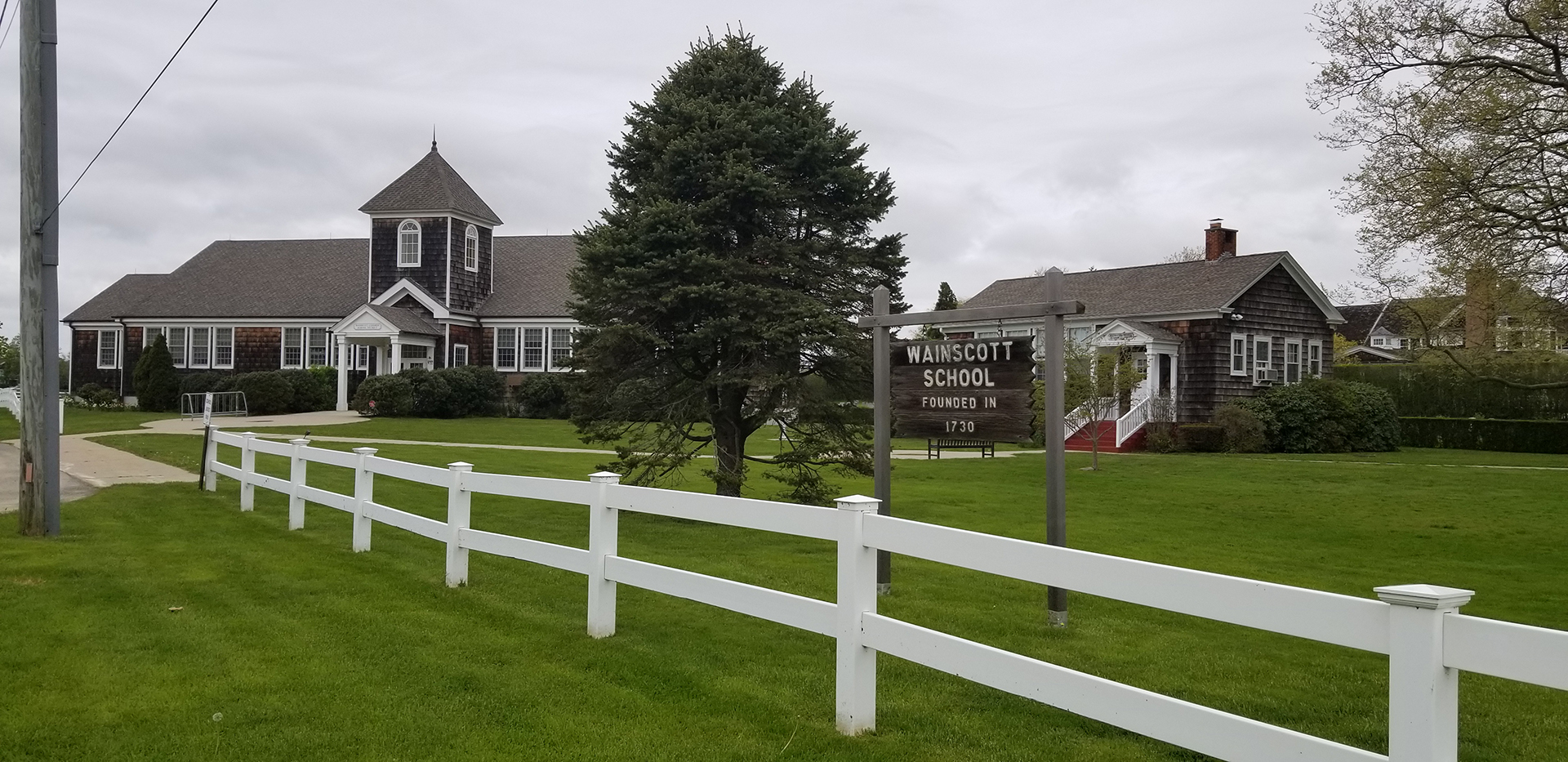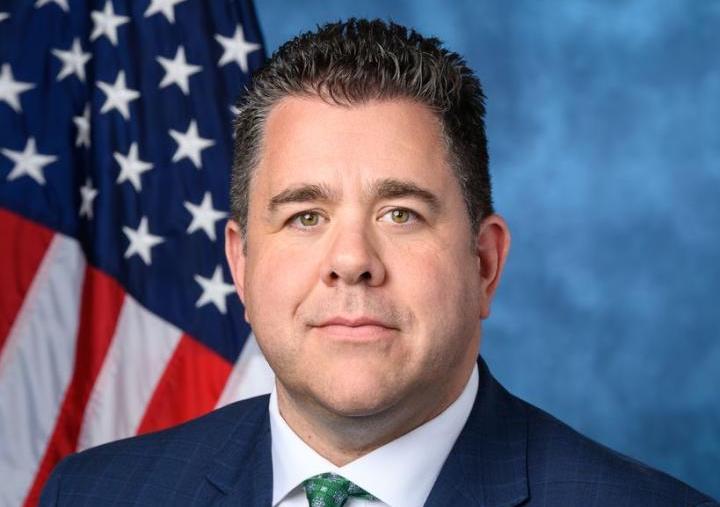What’s Next for Wainscott School District After Voters Rejected 2 Budgets?

The Wainscott school district is looking toward a rocky future after their proposed budget for the 2023–2024 school year was struck down by voters twice, triggering contingency budget cuts.
Because the proposed budget exceeded the state imposed tax levy cap, it required 60% approval from district voters to pass. The original proposed budget, which was struck down by voters on May 16, amounted to a total of $6.16 million, a nearly 50% spending increase from the previous year’s $4.13 million budget. The new budget called for a tax levy increase of 95.56%, almost double what voters paid last year. A revised budget, amounting to $17,000 less than the original, failed a June 20 re-vote, falling just nine votes short.
“It’s very disappointing to be the only school district in the state of New York without an approved budget,” says Deborah Haab, superintendent of the Wainscott School Common District. “And it’s unfortunate that under the current guidelines … a no vote counts more than a yes vote,” Haab adds. “In both instances, our budget passed technically, but not by the 60% that’s required in the legislation.”
Wainscott is one of Long Island’s wealthiest communities, with the average home value in the area currently nearing $3 million.
What necessitated the drastic increase in funding, and why is the budget for a 28-child schoolhouse in the seven figures?
Founded in 1730, the Wainscott School, which currently educates students from kindergarten through third grade, houses 28 students in their schoolhouse. But their enrollment actually totals 120, a number that accounts for an additional 92 students in grades 4–12 who attend Sag Harbor, East Hampton, Bridgehampton and Eastern Suffolk BOCES programs.
As they age out of the schoolhouse and into neighboring schools for grades 4–12, students living in the district remain enrolled at Wainscott. The costs of tuition, transportation, and special education services for these students attending school fall on the Wainscott Common School District.
The total cost for educating these 92 students enrolled in neighboring schools accounts for 78% of the School’s revised budget proposal.

In the past year, an additional 20 students moved into the district, all of whom are in grades 4–12. These 20 students increased enrollment by 22%. Tuition, transportation and special education services for these 20 students added a cost of $1 million that was not accounted for in the past year’s budget.
The proposed budget also included $180,000 in anticipated legal fees and interest payments associated with borrowing funds.
“The new fiscal year starts on July 1, and we don’t typically receive any tax revenues until the end of December or the beginning of January,” explains Haab. This makes it necessary for the district to borrow money to meet their expenses before they receive their tax revenue.
Besides the million for the additional 20 students and 180K for tax anticipation notes, the 2023–2024 proposed budget also included provisions for one assistant teacher to work with the school’s three primary teachers and “contingency” funds to account for up to three additional tuition students.
The remaining difference from the 2022–2023 budget resulted from the increasing costs of maintaining programs and operations including utility bills, contractual teacher salaries and tuition and transportation costs.
Since the proposed budget was defeated, the Wainscott School must adopt a contingency budget for the 2023–2024 school year limited to its tax levy for the 2022–2023 school year plus other recurring revenues. This budget stands at $4.8 million, an amount far from sufficient to cover the school’s basic costs.
The school will need to make cuts of nearly $1.3 million. The district board and administrators are scrambling to hash out the budget cuts and plan the unprecedented school year.
So far, they have carved out a few major changes.
Fourth grade students will remain in the Wainscott schoolhouse instead of attending neighboring schools.
Under contingent budget guidelines, certain expenses must be eliminated, including food services. Students will no longer receive pizza lunches once a week. Contingent budget guidelines also dictate that field trip costs must be eliminated, so there will be no field trips in the upcoming school year.
Currently, students at Wainscott benefit from speech, occupational therapy, and academic intervention services. Under the new plan, these services will be limited to students mandated to receive them in an Individualized Education Program (IEP), a New York State Education Department document that outlines accommodation eligibility for students with special learning needs.
Teachers in special area subjects — art, music, technology and physical education—may have to be eliminated.
The district will not fund preschool for the coming year and instead will encourage families to enroll their children in a Sagaponack preschool program.
The school may also need to eliminate non-contractual staff pay increases, the Response to Intervention (RTI)/ Special Education Teacher, and the school’s Speech/ Occupational Therapist.
The school will fund the teaching assistant, however, using funds from a small grant. The position will be especially important given the potential decrease in special education services and the addition of the fourth grade to the schoolhouse.
Currently, the Wainscott School does not have a formal parent-teacher organization to raise funding. According to Superintendent Haab, the school would welcome volunteers.
Despite the challenges, Haab is optimistic about the abilities of the school staff to adapt to the changes.
“We have an extremely dedicated staff who I know will do everything that they can to make sure that the students continue to have a positive educational experience here,” says Haab. “Our board of education is committed to that as well. Although we are operating under a contingent budget, it is our goal to make sure that our students get the very best they possibly can out of their experience here.”
But even with all of the above budget cuts, the school district still falls $540,000 short.
According to David Eagan, President of the Board of Trustees, the Wainscott school board is currently working to secure a deficit financing transaction with the state, which would allow it to borrow the money and pay it back over a period of time.
The board plans on making no further cuts than those announced.
“Quite frankly, there’s nothing more to cut. We’ve done some very painful, into the bone cuts in our schoolhouse. There’s no doubt about it,” says Eagan.
The Board is planning on bringing State Senator Anthony Palumbo into the loop. If the plan goes through, funds will most likely come in around January 2024, according to Eagan. The Board also met with Assemblyman Fred Thiele, and is grateful for his support.
The tight budget complicates the school’s ability to accommodate new students brought in by the upcoming Route 114 Community Housing Project. According to Eagan, the Town of East Hampton predicted earlier this year that the project may yield an additional 35 students, 10 of which would need spots in the Wainscott schoolhouse.
Construction for the Route 114 Community Housing Project may begin in 2024.
“We don’t have that capacity anymore because we’ve brought back our fourth grade and we’re using all of our space,” says Eagan.
For now, the Board is focused on addressing the district’s insufficient funding.
“This has been a big crisis for us … I’ve been spending a good part of my days trying to get us through next year,” says Eagan, adding that the Board hasn’t had time to re-address plans for the housing project with the Town amidst the budget emergency.
“We’re all going to work to make sure it doesn’t happen again,” says Eagan, adding, “ I think this is a painful detour. After next year, we should be able to build our program back and (see) what the future holds after that.”
“I think that (with) people knowing what the impact of a no vote is, we’re going to get more yes votes,” says Eagan. “I honestly believe that with the knowledge of what’s happened now and a better outreach to our taxpayers we’ll be successful in the future. I envision the school being built back to where it was.”



